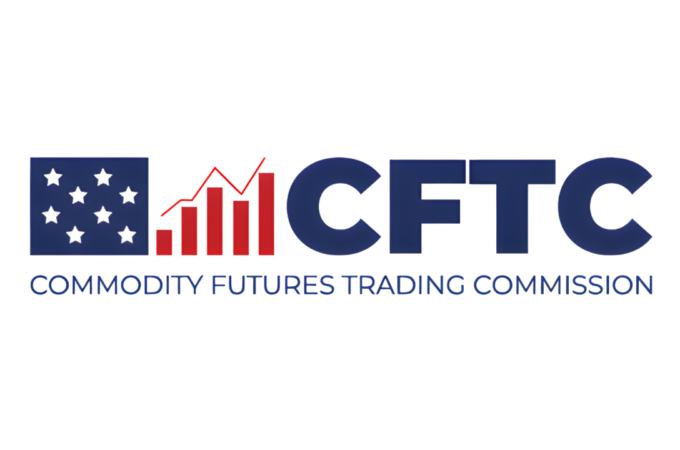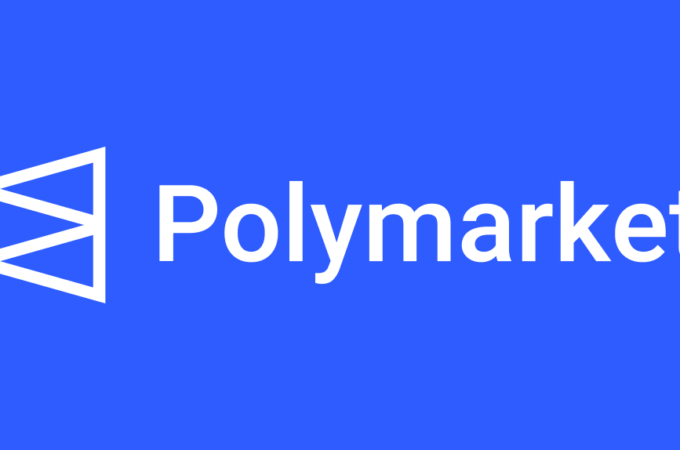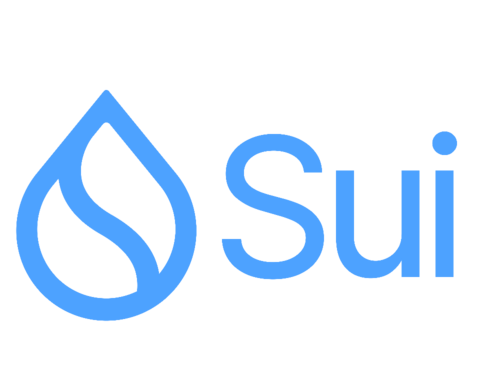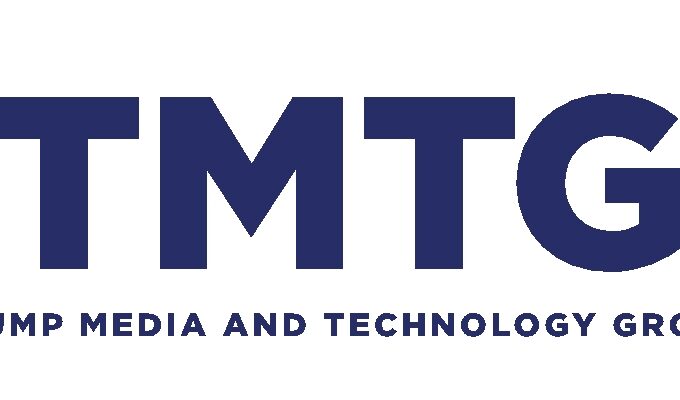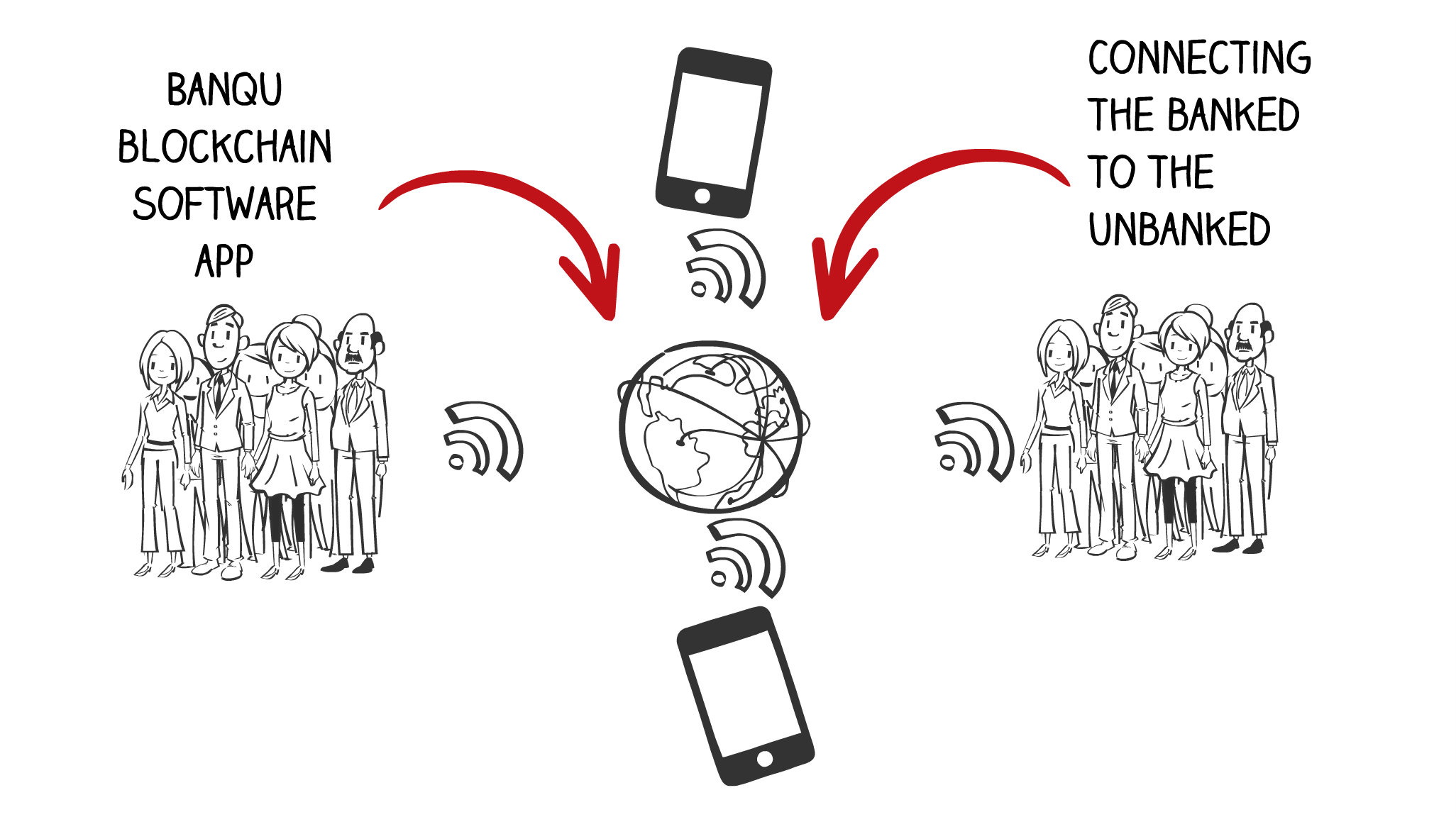
How the First-Ever Blockchain Platform Aims to Connect the World’s Poor to the Global Economy
By Elena Mesropyan for LTP
With around 2 billion financially excluded people around the world and 232 million undocumented migrants internationally – a large part of which does not have a formal identification document at the new place of residence – a secure and scalable tech-power solution is required to help such a large group build a resilience to hardships.
While those people are largely overlooked by international corporations across industries (and especially by the formal financial system), talented entrepreneurs are investing efforts to bring the efficiency, connectivity and security of blockchain technology to shed light on the parts of the world’s population living in the shade of national and international systems.
One of the ways the technology is put to aid is through blockchain-powered economic digital identity. Among the benefits of blockchain-based identity, professionals emphasized its efficiency of reissuance of identity documents and data in case the documents are lost or stolen, enhanced privacy with the possibility to selectively reveal private identity information, higher verification efficiency for large financial institutions and the opportunity to operate in systems where identity is not restricted to individuals, but includes devices.
Blockchain-powered economic identity as a chance for the world’s disadvantaged to be lifted from extreme poverty
Among the most interesting companies whose goal is to enhance the livelihood of disadvantaged groups of the population is BanQu, the first-ever blockchain technology platform and network that enables a secure and immutable platform for creating economic opportunities for people around the world who are refugees and living in extreme poverty.
Despite mainstream opinion that all technology startups are disruptive, BanQu is a rare example of a technology company that actually falls into the definition of disruptive innovation which was given by Clayton M. Christensen with two of his colleagues in the article “What Is Disruptive Innovation?” As Christensen and his colleagues suggest, there are two types of markets that make disruptive innovation possible in the first place: low-end & new markets.
“Low-end footholds exist because incumbents typically try to provide their most profitable and demanding customers with ever-improving products and services, and they pay less attention to less-demanding customers. <…> This opens the door to a disrupter focused (at first) on providing those low-end customers with a ‘good enough’ product.”
As for the second foundation for disruptors, the new-market foothold: “disrupters create a market where none existed. Put simply, they find a way to turn non-consumers into consumers.” (Some call it financial inclusion.)
In that regard, BanQu has developed a solution that plugs ‘invisible’ groups of the population into the global ecosystem, giving them a chance for sustainable growth. The BanQu network uses a proprietary method to create a mash-up of a ‘selfie’ plus other key human characteristics for people with no access to technology or banking. This economic identity can then be augmented by critical pieces of information such as land rights, voter registration, relationship-based credit profiles and health records, etc.
While the uses cases are infinite, BanQu is focused on solutions in areas such as lifting the status of refugees, eradicating extreme poverty, empowering women (currently, ~50% of women globally are financially excluded), food/medical/payroll distribution in conflict zones, increasing revenue streams for social enterprises via diaspora capital participation and compliance-based remittance.
The company aims to help people to step out of extreme poverty by gathering all meaningful data about the person into a profile. All pieces of information can be contained in the cloud and can further be used as a proof of identity. Fortunately, wide mobile phone adoption in African countries allows BanQu to create a personal digital profile comprised of various records of personal financial and other activities. That profile will be recognized and accepted by financial institutions as a legitimate identification information and will allow people to access formal financial services.
The company also built the first-ever KSI (Keyless Security Infrastructure) linked to retina scan and selfies. Every user has a unique encrypted and hashed data block in the blockchain. BanQu maintains a permanent, time-stamped and geo-tagged record of every customer identity and related transaction. BanQu App stores identities securely and allows owners to use them in commerce either individually or creating more economic power by combining with others.
As explained by Ashish Gadnis, Co-founder of BanQu, “We designed the BanQu ledger to be flexible enough to center around contracts and personal identity records and additionally handle a variety of transaction types all the while being interoperable with key stakeholders in the public, private and NGO sectors.
“Thus, BanQu yields twofold benefits: it serves individuals by allowing them access to the global financial economy, its systems and networks and it serves policy designers by facilitating the creation of intelligent data sets that are otherwise unobtainable.”
In other words, BanQu records meaningful events in one’s life on distributed ledger and provides an access to data that would allow that person to take his ‘history’ with him and use as an identification information when external events force the person to leave home and cut ties with local systems when they are burnt.
The launch of Blockchain for Development Solutions Lab to build, test, and scale blockchain solutions to reduce poverty and increase aid effectiveness
Staying true to its goal to be a life raft for those lost and excluded from legal and financial systems and condemned to invisibility in their new homes, the company recently announced a partnership with international development consulting company Chemonics to test blockchain’s potential to eliminate poverty and improve aid effectiveness.
Companies have established the Blockchain for Development Solutions Lab, which represents the first concerted effort by a development company to build, test and scale blockchain solutions to reduce poverty and increase aid effectiveness.
The Chemonics-BanQu partnership will focus on systematically building, testing and scaling BanQu’s patent-pending, blockchain-based economic identity platform within Chemonics’ global portfolio of more than 80 long-term foreign aid programs.
“At BanQu, we are dedicated to ending extreme poverty. Our platform enables people anywhere in the world to build a secure and comprehensive economic identity on the blockchain, from a small business owner in Guatemala trying to get a microloan to a Syrian refugee desperate to have her skills recognized to rebuild her life. Having an economic identity puts people on the path to financial stability and equal participation in the global economy. We are beyond thrilled about this partnership,” said Gadnis.
Recognizing tremendous benefits BanQu brings to the population in poverty, refugees and financial excluded, the Wall Street Blockchain Alliance brought Ashish Gadnis to the board of Financial Inclusion Working Committee. In addition,BanQu was among the winners of the FinovateSpring 2016 and took the Best of Show Award, impressing the voters with the way innovators are using technology to solve the challenges of refugee populations and the underbanked.
As Gadnis emphasizes, BanQu empowers the world’s poor to grow at their own pace, raising themselves out of poverty by granting them equal access to resources that the Global North currently have.
First appeared at LTP


